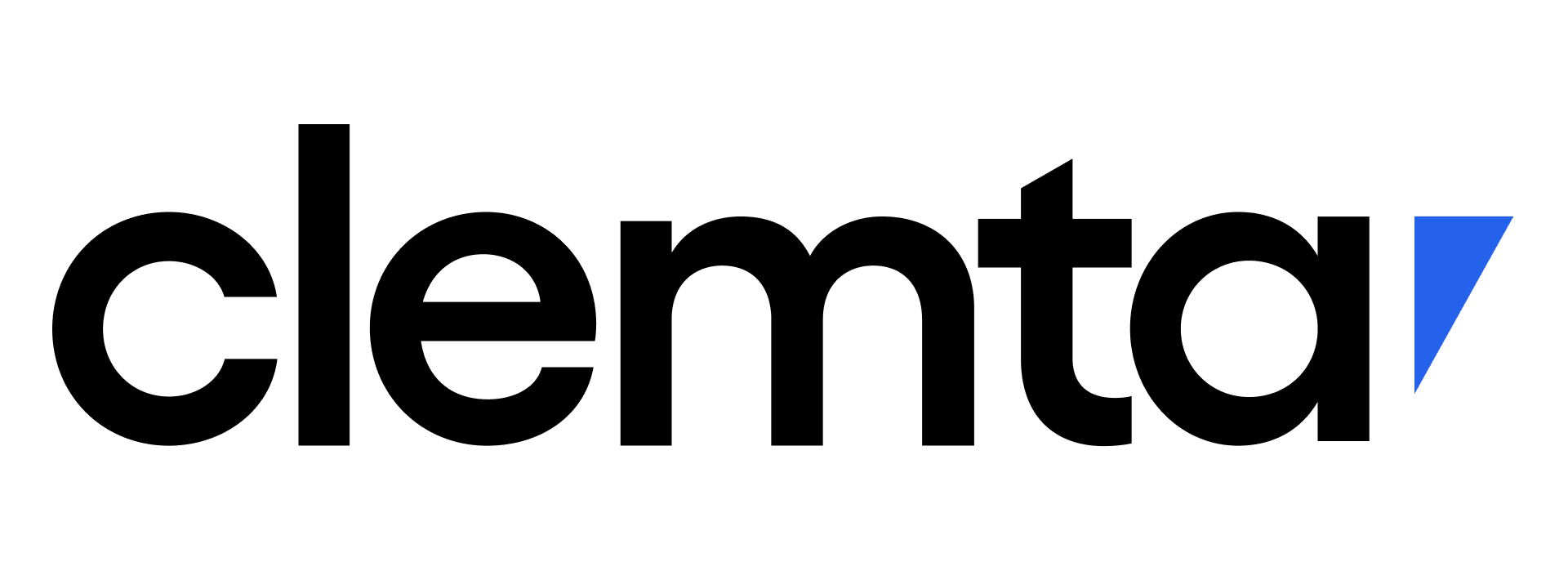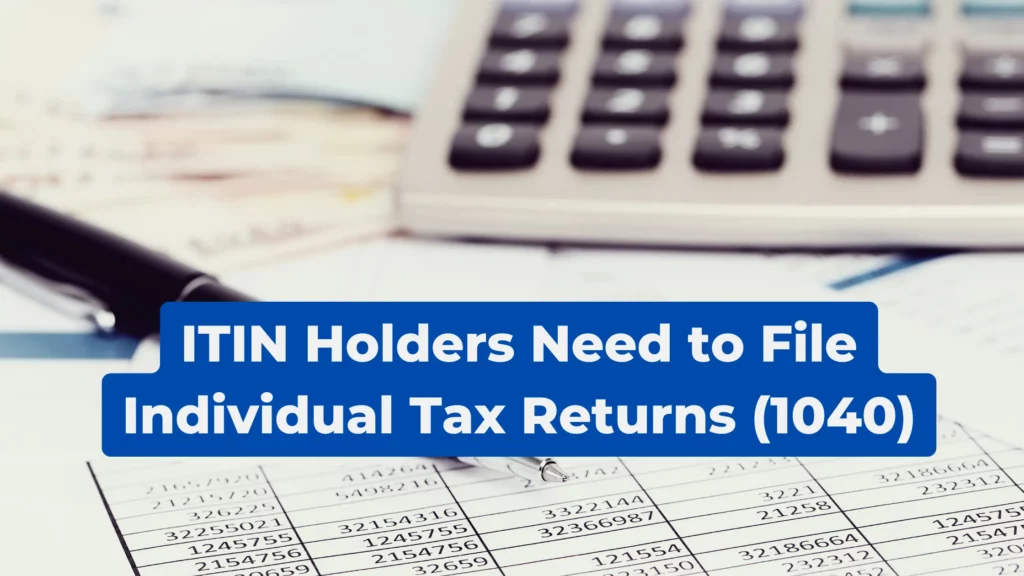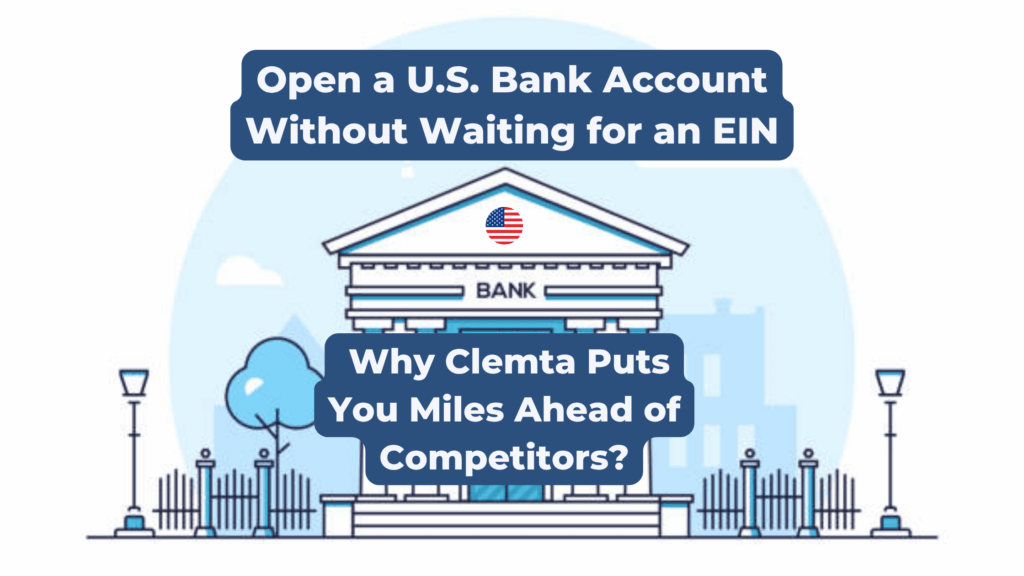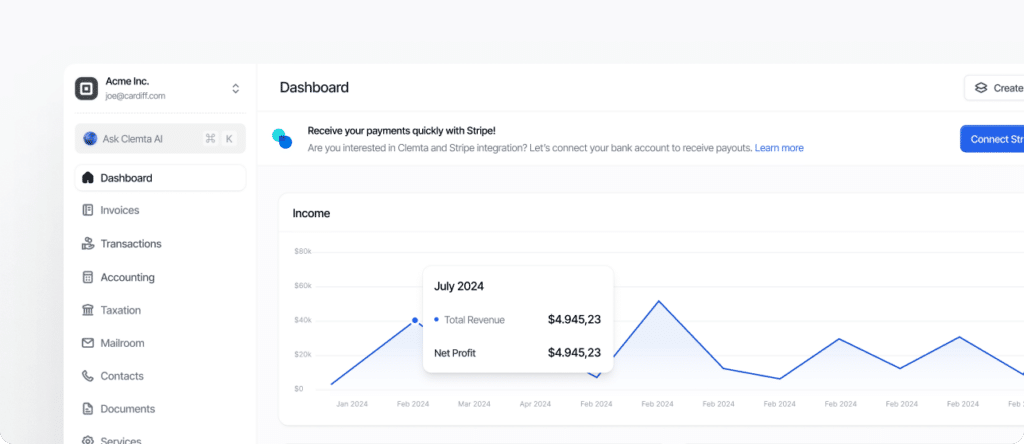Starting a clothing line involves designing and creating a unique collection of apparel that reflects your brand’s identity. It requires market research, sourcing quality materials, and planning production, all while building a strong brand presence to connect with your target audience.
Print-on-demand is gaining massive popularity among aspiring entrepreneurs, and for good reason. It allows for custom designs, fast fulfillment, and the flexibility to scale, making it an ideal solution for startups.
Print-on-demand offers three major benefits that make it a game-changer for new entrepreneurs:
- Low Upfront Costs – No need to invest heavily in inventory or equipment; you pay only when an order is made.
- Easy Scalability – Whether you’re selling a few items or hundreds, the model adapts seamlessly as your business grows.
- Less Risk – Say goodbye to overstock or unsold items; you produce only what your customers want, minimizing financial risk.
It’s a smart, stress-free way to launch and grow a business in today’s digital-first world.
What is Print on Demand (POD)?
Print on demand (POD) is a business model where products are created and shipped only after a customer orders, allowing entrepreneurs to sell custom designs without holding inventory.
For clothing lines, POD works seamlessly by allowing you to design custom t-shirts, hoodies, hats, and more. Once a customer orders a piece from your collection, the POD service handles all the printing, quality control, and shipping.
Print-on-demand (POD) platforms are essential for entrepreneurs These platforms handle everything from production to shipping, allowing creators to focus on design and marketing. Popular POD platforms include Printful, which offers a wide range of products and integrates easily with online stores; Teespring, known for its user-friendly interface and seamless integration with social media; and Apliiq, which specializes in unique customization options like custom labels and patches to create truly personalized apparel. These platforms make it easier than ever to start a clothing line by taking care of production and fulfillment.
Why Choose Print on Demand for Your Clothing Line?
Steps to Starting Your Clothing Line with Print on Demand
Define Your Brand & Niche
Defining your brand and niche is key to standing out in the competitive clothing industry. Focusing on a specific market, like eco-friendly fashion, streetwear, or athleisure, helps you connect with a targeted audience. Choose a niche based on your passion, conduct market research to understand demand, and ensure it aligns with your target audience’s interests and needs. This focused approach allows your brand to thrive by addressing specific customer preferences.
Choose a Print on Demand Platform
When selecting a print on demand (POD) platform, consider key factors like pricing, product variety, quality, and shipping options. Compare platforms based on the products they offer, such as apparel, accessories, and custom options, and make sure their shipping rates and times align with your customer expectations. Ensure the platform integrates easily with your eCommerce store (e.g., Shopify, Etsy) for seamless order management.
Popular POD platforms like Printful, Printify, Gooten, Teespring, and Apliiq each offer unique features. For instance, Printful is known for its high-quality products and excellent design tools, while Printify provides a wide range of products at competitive prices. Teespring excels in its user-friendly interface and strong social media integrations, and Apliiq specializes in unique brand customization options like custom labels and patches. Choose the platform that best suits your brand’s needs, with a focus on ease of use, design flexibility, and branding options.
Design Your Clothing Line
Creating unique and high-quality designs is essential to making your clothing line stand out. Good design helps build brand recognition and attracts customers who appreciate your style. To achieve this, you can use design software like Adobe Photoshop or Illustrator, hire freelance designers who specialize in apparel or take advantage of the design tools provided by your POD platform.
When designing, consider seasonal trends, your niche, and the preferences of your target audience. Stay informed about what’s popular in your chosen market, such as eco-friendly fashion, streetwear, or athleisure, and ensure your designs reflect these trends. Keep things simple yet eye-catching to appeal to your target customers and enhance your brand’s appeal.
Set Up Your Online Store
Choosing the right eCommerce platform is crucial for your store’s success. Popular options like Shopify, Etsy, and WooCommerce offer user-friendly interfaces and seamless integrations with POD platforms. Shopify is great for scalability, Etsy is perfect for handmade or niche items, and WooCommerce is ideal for those seeking more control over customization.
When setting up your product pages, make sure to add clear product descriptions, competitive pricing, and high-quality mockup images that showcase your designs. This helps customers get a clear idea of what they’re purchasing.
For an engaging, user-friendly layout, prioritize easy navigation and a clean design. Use simple categories, prominent calls to action, and mobile-friendly elements. A well-organized store creates a positive shopping experience and encourages repeat visits.
Connect Your Store to the POD Platform
Integrating your online store with your chosen POD platform is a seamless process, typically done through built-in apps or plugins provided by the eCommerce platform. For instance, if you’re using Shopify, you can easily connect Apliiq or Teespring via their app store, or with WooCommerce, use a plugin to sync your store with a POD service. This ensures all product orders are automatically forwarded to your POD partner for production.
Automated order fulfillment means that once a customer places an order, it’s directly sent to the POD platform for printing, packing, and shipment, with no manual input required from you. This reduces the workload and speeds up order processing.
It’s important to monitor your store’s performance regularly—check sales data, customer feedback, and site traffic—and make adjustments as needed to improve your offerings, optimize marketing, or enhance customer experience.
Market Your Clothing Line
Effective marketing is key to getting your clothing brand noticed. Start by leveraging social media platforms like Instagram, TikTok, and Pinterest, which are perfect for visually-driven brands. Regularly post engaging content such as behind-the-scenes looks, new arrivals, and user-generated content to build an audience and increase visibility.
Influencer marketing is another powerful strategy. Partnering with influencers who align with your brand can help you reach a larger, targeted audience. Additionally, email marketing allows you to engage with customers directly, offering promotions, product updates, and personalized recommendations.
Investing in paid ads on platforms like Facebook and Google can drive targeted traffic to your store. Set a budget, test different ad creatives, and optimize based on performance.
Finally, building a strong brand story and fostering a community around your clothing line is essential. Share your brand’s values, mission, and what makes you unique. Engaging with customers and creating a sense of belonging can turn casual buyers into loyal fans.
Analyze and Optimize
To ensure your clothing brand’s success, it’s crucial to track key metrics such as sales, customer feedback, and website analytics. This data helps you understand which products are performing best and where there’s room for improvement. Use tools like Google Analytics or the built-in analytics of your eCommerce platform to monitor customer behavior, conversion rates, and popular items.
Based on this data, you can adjust your product offerings by discontinuing underperforming items or expanding your bestsellers. Similarly, tweak your marketing strategies—whether through more targeted ads or different social media tactics—to better reach your audience.
Consider expanding your product range or adding seasonal collections to keep things fresh and capitalize on trends. Regularly optimizing your offerings ensures your brand stays relevant, attracts new customers, and keeps existing ones engaged.
Managing Your Print-on-Demand Clothing Brand
Focus on Customer Service: Deliver excellent support to build trust and loyalty with your customers.
Staying on Top of Trends: Keep up with industry trends to ensure your designs and offerings stay relevant.
Consistency: Maintain consistent brand messaging, product quality, and customer experience to build a strong, recognizable identity.
Common Pitfalls to Avoid
Not Testing Product Quality
Launching without testing product quality can lead to customer dissatisfaction and damage your brand reputation.
Overcomplicating Design
Starting with overly complex designs can delay launches; simplicity is key for efficiency and clarity.
Underestimating Marketing
Strong marketing and brand-building are essential to attract customers and stand out in a competitive market.
Conclusion
Print-on-demand allows new clothing brands to start with low upfront costs, avoid inventory management, and scale easily. It offers creative flexibility, reduces financial risk, and provides global reach, making it an ideal solution for entrepreneurs looking to build a brand without heavy initial investment.
With print-on-demand, entrepreneurs can quickly launch a clothing line without the need for large investments or inventory management. This model significantly reduces financial commitment and risk, allowing creators to focus on design and marketing while POD handles production and fulfillment.
Now is the perfect time to turn your creative ideas into reality—start your clothing line with print on demand today! With minimal risk and unlimited creative possibilities, it’s easier than ever to launch your brand and reach customers worldwide. The only thing holding you back is taking that first step.







